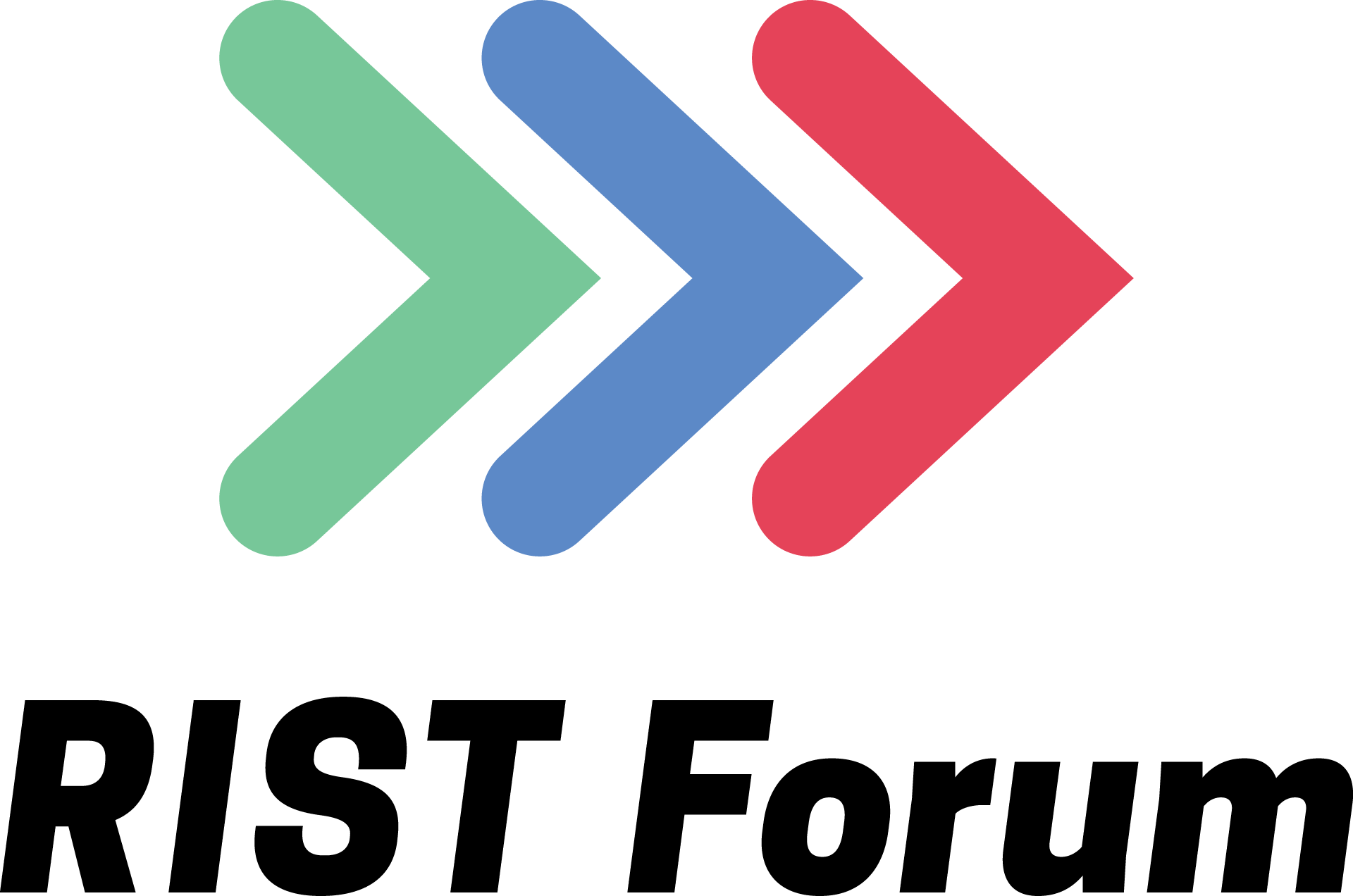RIST Unfiltered Webinar II: Your Questions Answered
Following on from our first successful RIST unfiltered webinar, we once again gathered the experts to answer your questions about the RIST protocol. Open to broadcasters, vendors, and broadcast tech manufacturers, or anyone at all interested in the development IP – RIST AG Co-Chair Wes Simpson, LearnIPvideo.com and RIST Forum Director Kieran Kunhya, Open Broadcast Systems led the session.
The very first question was a simple, yet intuitive one – why was the panel made up of, what seemed to be, competitors? The answer to this neatly underlines and highlights one of RIST’s core values; interoperability. RIST Forum President, Ciro Noronha of Cobalt Digital explains that joining RIST is seen as good business across the industry, as cooperation, not competition, will benefit all involved in the industry. By creating a platform which easily clicks in, and out, of business models, companies can tap into new and unfound segments of the market. David Griggs, Amazon Web Services (AWS) Elemental adds that users of RIST like the fact that it is a solution created with an interoperable approach.
As RIST was created in response to industry request, it is an industry organisation, thus when was asked who leads RIST, Ciro explains that users and vendors together are responsible for making the decisions concerning the protocol. By joining the VSF Group you may join the RIST activity group, but in order to join the RIST Forum there is a Tier-ed membership, the lowest being free, and the ones above requiring a membership fee, which gives you control over decisions made.
RIST is by nature a flexible and adaptable protocol. By implementing the protocol, buyers can pick and choose the vendors the technology they use, therefore they are never tied to any one vendor. This means the ecosystem that an individual or company have painstakingly built is not at risk. RIST Forum Director Adi Rozenberg, VideoFlow explains how this flexibility makes it free to innovate. Sergio expands on this by explaining that RIST can transport with NDI. As NDI is a TCP-based protocol, users can transmit it by extracting UDP out of it by using a VizRT-tool, without the need for recompressing. In addition to this, Kieran adds that RIST is compatible with Zixi. When it comes to 8K workflows, RIST supports this as it can work with an 8K encoder.
RIST AG Member Sergio Ammirata, SipRadius explains that RIST’s library can be obtained and modified, and that users are under no obligation to disclose their changes; they only need to include RIST’s copyright in the product. This open source approach allows users to adapt the RIST library to suit their individual and unique needs.
Numerous questions sought to find out what is in the pipeline at RIST. To this the members on the panel had a variety of intriguing innovations in mind: A new RIST app for android and iPhone, an online training course covering how to use and implement the RIST protocol, and actively working on an advanced profile which adds functionality.
Find out more about RIST from the experts and developers and watch the full RIST Unfiltered Webinar. If you have a question you would like answered, either now or at a future RIST Forum webinar, please send it to info@rist.tv
For more information about future RIST Forum events, visit https://www.rist.tv/events
